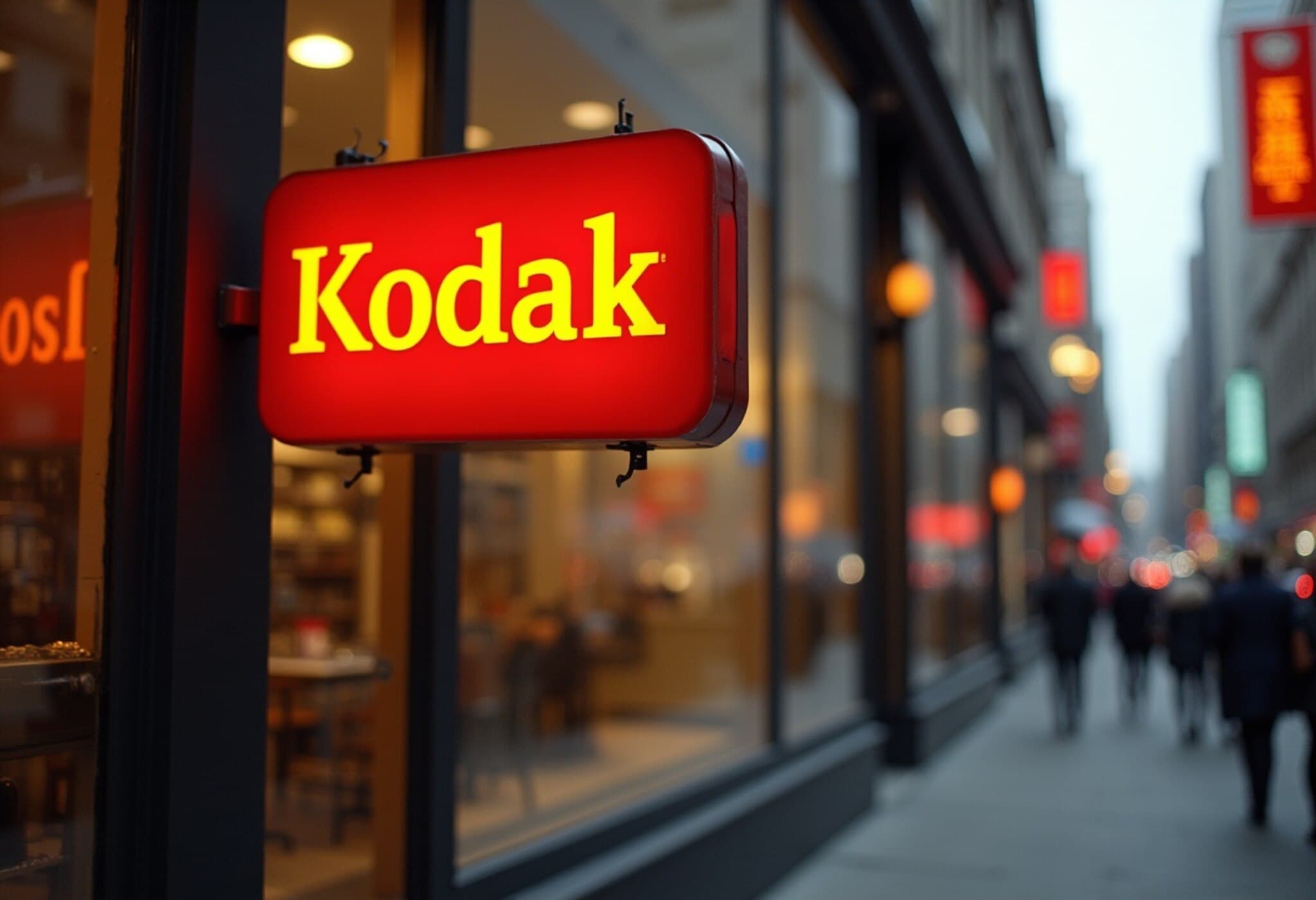Kodak's Legacy at a Crossroads: A 133-Year-Old Icon in Peril
For over a century, the unmistakable sound of a Kodak camera shutter has been synonymous with capturing life’s unforgettable moments. However, as of August 2025, this beloved American brand is signaling a somber chapter: Eastman Kodak Company may be forced to cease operations under the weight of mounting financial difficulties.
Mounting Debt and Financial Challenges Threaten Kodak’s Survival
In a stark earnings disclosure, Kodak revealed it currently lacks the committed financing or available liquidity to service its staggering $500 million debt. The company’s official filings state these financial constraints cast “substantial doubt” on Kodak’s ability to continue as a going concern — a warning sign that often precedes bankruptcy or restructuring.
As a cost-saving measure, Kodak has announced it will halt payments to its retirement pension plan, signaling the desperation brewed within its balance sheets. Despite the broader macroeconomic challenges, Kodak remains cautiously optimistic about tariffs, noting that its predominantly U.S.-based production lines — including cameras, film, and inks — shield it from significant tariff-related impacts.
A Proud Heritage Marred by Digital Age Struggles
Founded in 1888 by George Eastman, Kodak revolutionized photography by making it accessible to the masses. The company’s famous motto, “You press the button, we do the rest,” captured its commitment to simplicity and innovation. From pioneering Kodachrome film to the popular Instamatic camera, Kodak shaped an entire century of photographic culture.
Yet, Kodak’s fortunes shifted dramatically with the dawn of the digital era. Despite being an early innovator in digital photography technology, Kodak struggled to transition its business successfully. The company famously failed to capitalize commercially on digital photography’s rise, resulting in prolonged financial troubles and market irrelevance compared to agile competitors.
Reinvention Attempts and Current Business Focus
After filing for bankruptcy in 2012, Kodak refocused its strategy towards commercial printing, cutting-edge materials, and imaging technologies beyond traditional cameras and film. CEO Jim Continenza highlighted that despite an “uncertain business environment,” Kodak continued making progress in implementing its long-term plan during the latest quarter. However, the $500 million debt burden overshadows these efforts.
What Lies Ahead: Broader Implications and Critical Questions
- Legacy vs. Innovation: Kodak’s situation raises pressing questions about how legacy brands can innovate quickly enough in tech-driven markets.
- Worker and Pension Security: The suspension of pension payments poses social and legal challenges impacting employees and retirees who counted on Kodak’s stability.
- American Manufacturing and Tariffs: Kodak’s predominantly U.S. production footprint offers resilience against tariffs, illustrating the strategic advantage of domestic manufacturing amid global trade tensions.
- Industry Transformation: The continued decline of traditional film underscores the rapid obsolescence in photographic technology, prompting reflections on adaptability.
Expert Perspective
From a policy standpoint, Kodak’s predicament highlights the critical need for targeted support mechanisms enabling industrial legacy companies to pivot effectively toward emerging technologies. Economists warn that without proactive restructuring, the loss of such historically important firms could have ripple effects on jobs and manufacturing expertise.
Editor’s Note
Kodak’s unfolding story serves as a poignant reminder that even institutions built on innovation must relentlessly evolve or risk obsolescence. As the company wrestles with a crippling debt and strategic uncertainties, the broader photography and manufacturing industries watch closely. Will Kodak’s reinvention succeed, or will an era of analog nostalgia quietly end?
Readers are invited to reflect: How can iconic brands like Kodak balance heritage with disruption? And what responsibilities do corporations bear toward their workforce in times of financial distress?













